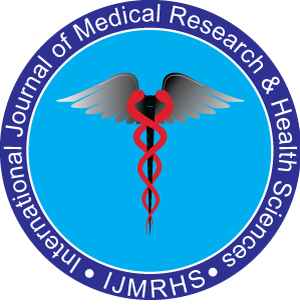Abstract
Investigating Healthcare Workers√?¬Ę√?‚?¨√?‚?Ę Experience after a Needle Stick Injury at a Tertiary Hospital in Makkah Region in Saudi Arabia: A Qualitative Assessment
Author(s):Manal Al-Gethamy, Hamed Adetunji, Shazra Abbas and Duaa Al-QatabiObjective: To describe contextual factors leading to a Needle stick injury (NSI) event; highlight challenges faced by hospital employee that increase their vulnerabilities to such an exposure; and identify solutions to prevent future occurrence of these events. Methods: The study was conducted at a tertiary care hospital in Makkah, Saudi Arabia. Twenty in-depth semi-structured interviews with hospital staff who experienced a NSI were carried out aiming to understand system gaps preventing reduction in the incidence of NSI and assess the quality of healthcare provided after such an event. Data was analyzed using thematic analysis. Results are described under four key themes that emerged during analysis including: training on safe handling of sharps; environmental details at the time of NSI; processes followed the incident; employees’ awareness about hospital’s NSI policy. Results: Majority NSI incidents (80%) occurred in emergency room. Causative factors identified leading to a NSI included: high work load, mental stress, fatigue due to prolong work hours, lack of supervision and casual attitude of senior staff. Likewise, suboptimal quality of NSI prevention training program and inadequate service provision to staff after they acquire an injury were found as major implementation gaps despite existence of clear hospital guidelines/polices on NSI prevention program. Conclusions: Hospital employees are front line workers at risk of sustaining a NSI, hence, their regular training on safe handling of sharps is recommended and highly emphasized. Nonetheless, without addressing gaps as highlighted by participants in this study no policy or guideline can fully achieve its objectives.
Select your language of interest to view the total content in your interested language
